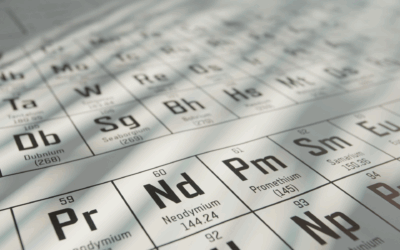One of the most common recalls in the food industry is from foreign body contamination. Manufacturers have the capabilities to protect their brand, prevent recalls, and to ensure product shipped is safe for consumption through the use of foreign body detection devices.
There are different ways to aid in foreign body detection in the food industry (i.e. filters, sieves, magnets, x-ray machines, and metal detectors), but metal detectors are one of the most common forms of foreign body detection devices used in the food industry.
Selecting the right metal detector for the products at the site is critical due to the composition, characteristics, temperature, and packaging material of product which ultimately determine the metal detector effectiveness. For example, warm products or frozen products can cause false rejects and products high in salt can cause false rejects due to the conductivity of salt. Depending on the form the product is passed through the metal detector (e.g., whole muscle vs. emulsified product), that too can affect the reading. Product packaging can also have an effect on the metal detectors if passed through in finished packaging (e.g., if it contains metal foil). Metal detector suppliers should be made aware of the aforementioned item so they can offer the appropriate foreign-body detector to the site.
The key is to properly test the metal detectors to ensure appropriate rejection of product potentially affected with metal. There are, however, some key factors to consider when determining how to properly test metal detectors. Testing the capacity of the metal detector to find contaminates should be conducted after final processing steps and/or in final packaging. The site should determine the most sensitive setting possible to detect the smallest piece of metal possible for the product. Each metal detector should be tested using standards to verify the functionality. Test pieces should be passed lengthwise through the metal detector in the stream of product flow to assure it is detecting all dimensions of each piece of product. For example, if a long piece of product such as meat stick is being passed through the metal detector, the test pieces should be passed through at the beginning, middle, and end of the product to determine if the detection, rejection, and timing mechanisms are set properly to identify defects in all parts of each individual piece of product. Additionally, if in-line metal detectors were present, test seeds should be placed in the product stream at a frequency based upon risk. When there is not a belt stop or belt retraction system, the memory reset function should be tested at a frequency based upon risk. The memory reset function is tested by sequentially passing the test pieces back to back to determine if product could be rejected during an incident which would result in multiple metal pieces in the stream of product. The frequency for testing metal detectors depends on the site, but should be conducted at a minimum at the start of a shift, after maintenance repairs, at product changeovers, and at the end of the shift.
Maintenance activities must be conducted per manufacture’s recommendations or based upon plant history to ensure the device is maintained. Additionally, metal detectors should be calibrated by using certified test pieces or serviced by an approved company which can calibrate the metal detectors.
Food manufacturers have key tools to use in this day and age to detect products contaminated with metal before it reaches consumers. This is the key advantage to any food business for using metal detectors which could prevent recalls or potential legal actions which could result from shipping unsafe products contaminated with metal.



